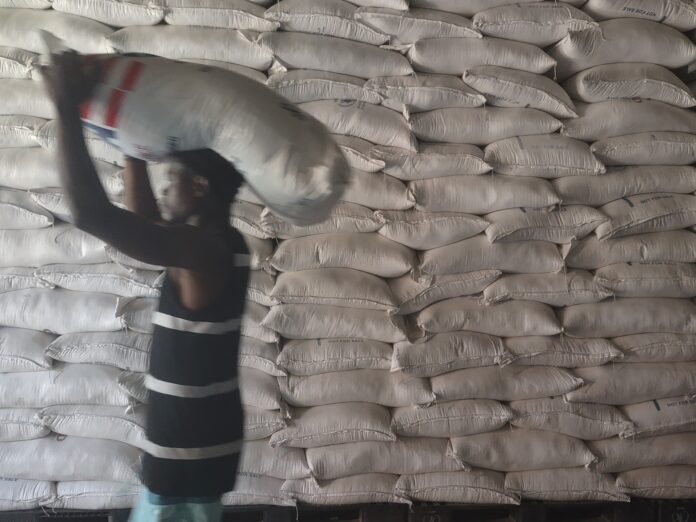Oanaminthe, Haiti – It’s a Monday afternoon at the Foi et Joie school in rural northeast Haiti, and the grounds are a swirl of khaki and blue uniforms, as hundreds of children run around after lunch.
In front of the headmaster’s office, a tall man in a baseball cap stands in the shade of a mango tree.
Antoine Nelson, 43, is the father of five children in the school. He’s also one of the small-scale farmers growing the beans, plantains, okra, papaya and other produce served for lunch here, and he has arrived to help deliver food.
“I sell what the school serves,” Nelson explained. “It’s an advantage for me as a parent.”
Nelson is among the more than 32,000 farmers across Haiti whose produce goes to the World Food Programme, a United Nations agency, for distribution to local schools.
Together, the farmers feed an estimated 600,000 students each day.
Their work is part of a shift in how the World Food Programme operates in Haiti, the most impoverished country in the Western Hemisphere.
Rather than solely importing food to crisis-ravaged regions, the UN organisation has also worked to increase its collaborations with local farmers around the world.
But in Haiti, this change has been particularly swift. Over the last decade, the World Food Programme went from sourcing no school meals from within Haiti to procuring approximately 72 percent locally. It aims to reach 100 percent by 2030.
The organisation’s local procurement of emergency food aid also increased significantly during the same period.
This year, however, has brought new hurdles. In the first months of President Donald Trump’s second term, the United States has slashed funding for the World Food Programme.
The agency announced in October it faces a financial shortfall of $44m in Haiti alone over the next six months.
And the need for assistance continues to grow. Gang violence has shuttered public services, choked off roadways, and displaced more than a million people.
A record 5.7 million Haitians are facing “acute levels of hunger” as of October — more than the World Food Programme is able to reach.
“Needs continue to outpace resources,” Wanja Kaaria, the programme’s director in Haiti, said in a recent statement. “We simply don’t have the resources to meet all the growing needs.”
But for Nelson, outreach efforts like the school lunch programme have been a lifeline.
Before his involvement, he remembers days when he could not afford to feed his children breakfast or give them lunch money for school.
“They wouldn’t take in what the teacher was saying because they were hungry,” he said. “But now, when the school gives food, they retain whatever the teacher says. It helps the children advance in school.”
Now, experts warn some food assistance programmes could disappear if funding continues to dwindle — potentially turning back the clock on efforts to empower Haitian farmers.


